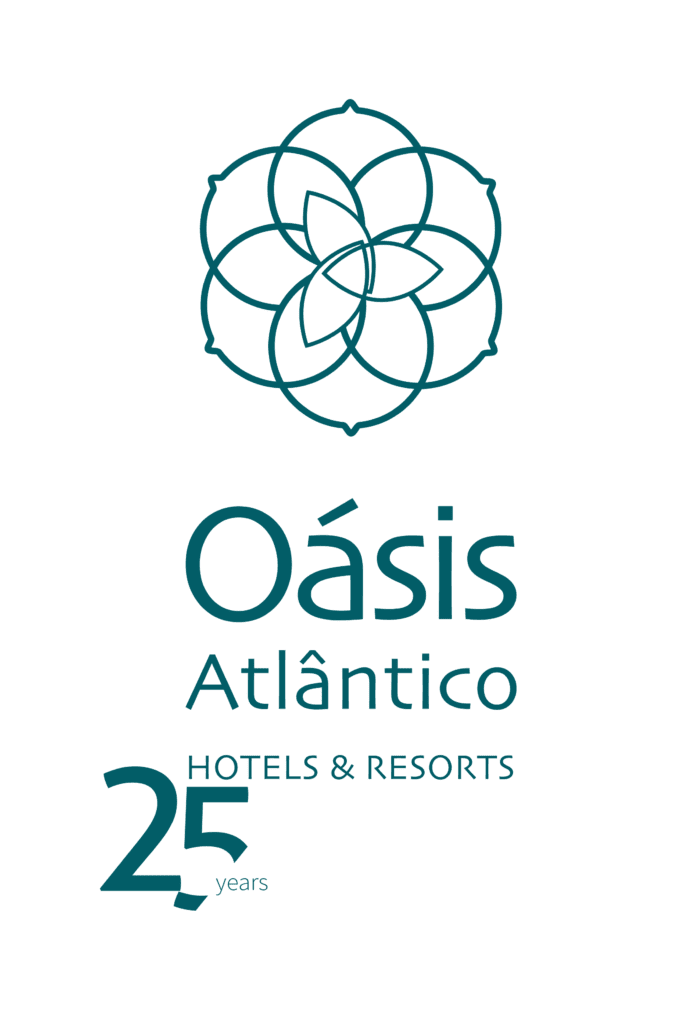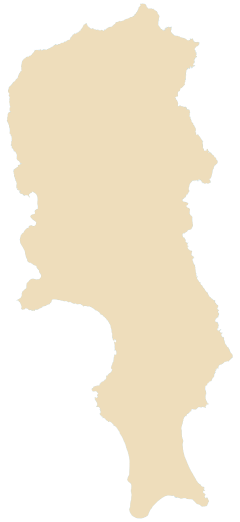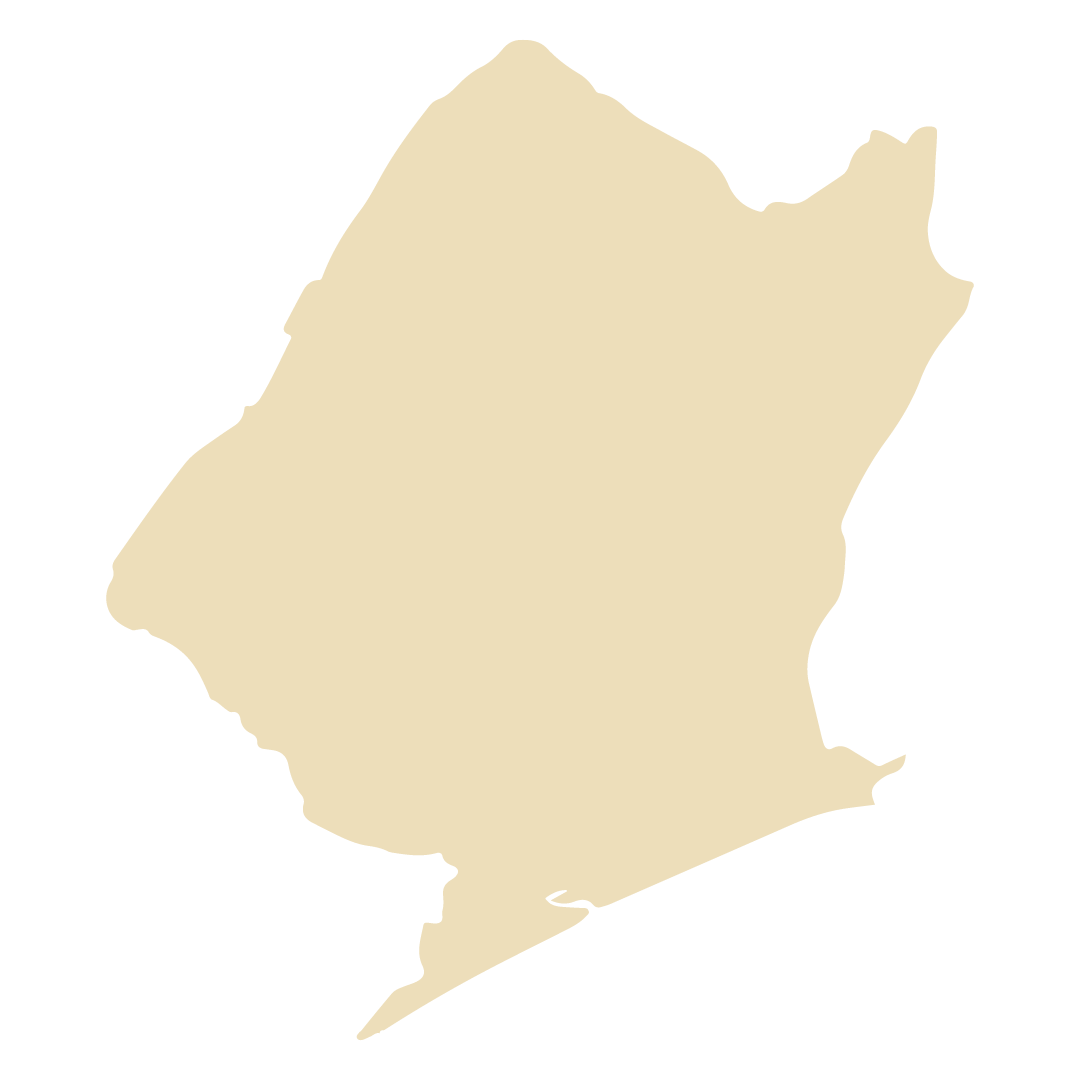Fortaleza
Capital of Ceará, the city’s motto (visible in its coat of arms) is the Latin word "Fortitudine", which in English means "strength, fortitude, courage".
Hotels
Fortaleza

Fortaleza is the capital of Ceará. The motto of the city (present in its coat of arms) is the Latin word “Fortitudine”, which in Portuguese means: “strength, courage, courage”.
Fortaleza is the Brazilian capital closest to Europe. It was also one of the 12 venues for the 2014 FIFA World Cup.
History
Mucuripe is famous for its fishing community and for Fagner’s composition that portrays the raft and the raft. Every day, in the afternoon and early morning, it is possible to see the departure and arrival of fishermen. It has a busy fish and shellfish market and the oldest statue of Iracema and Martim in the city, inaugurated in 1965. Right after Mucuripe is Praia do Titãzinho, which is famous for surfing.
Nature
O Sal tem cerca de 35.000 habitantes e está próximo do continente africano, o que o torna vulnerável ao vento quente e seco do deserto que transporta a areia do Saara.
A planura extrema, apesar da sua origem vulcânica – a inexistência de montanhas com exceção no norte da ilha, que condensem a humidade atmosférica faz com que seja uma ilha muito árida com extensas praias de areia branca e com um clima ameno com pouca variação da temperatura, entre os 24º e os 30º.
Nature
The climate is hot, with an average annual temperature of 26.5°C. The predominant vegetation is mangrove and restinga, with the Ecological Park of Cocó being the largest green area in the city and the largest ecological park in Latin America. Fortaleza has the Parangaba Lagoon, known for its variety fair and the Lagoa de Messejana, where the largest statue of Iracema in Fortaleza is located, as well as those of Opaia, Maraponga and Porangabuçu.
Culture
Fortaleza is an important industrial and commercial center in Brazil. In terms of tourism, it features attractions such as the Fortal micareta in July and Ceará Music in October, and the largest water park in Brazil, Beach Park.
Its airport is Pinto Martins International Airport and the city is the birthplace of writers José de Alencar and Rachel de Queiroz, comedian Tom Cavalcante and former president Castello Branco. The Centro Dragão do Mar de Arte e Cultura (CDMAC) is currently the main cultural space in Fortaleza, with museums, theaters, cinemas, libraries and a planetarium..
Praia do Futuro is one of the most visited by tourists, with a long stretch occupied by many “barracas”, which are restaurants specializing in seafood. A typical event in Fortaleza is the Caranguejada every Thursday.
Nossa Senhora de Assunção is recognized as the patron saint of the city, due to the baptism of the Fortaleza de Nossa Senhora de Assunção. Forró is the most popular musical genre, with several venues around the city.
Fortaleza’s gastronomy is typically northeastern, highlighting typical dishes such as baião de dois with barbecued lamb or sun-dried meat. Seafood is another ingredient in typical dishes from Fortaleza, such as stingray moqueca, mackerel and snapper fish dishes. Another popular seafood is crab. Shrimp is also a delicacy well enjoyed in dishes such as “shrimp rice” or “shrimp bobó”.
Sightseeing

Fortaleza’s coastline has a length of 34km, with a total of 15 beaches. Praia da Barra do Ceará is the beach that borders Fortaleza with the city of Caucaia located to the north. The place is very important for the history of the city because it was the place where Fortim São Tiago was built.
Praia de Iracema has one of the busiest nights with its bars and some historic buildings, such as the Church of São Pedro, Estoril and the Metallic Bridge, as well as art galleries and the Dragão do Mar Center of Art and Culture. It is also a place for surfing and fishing.
In Praia do Meireles is the avenue “Beira Mar”, which goes to Mucuripe. The Nautical Club is a landmark on this beach, in front of which the city’s best-known handicraft fair takes place every day. Volta da Jurema is the noblest place on the coast of Fortaleza.
Crafts Fair in Avenida Beira Mar

The Feira de Artesanato da Beira-Mar is a handicraft fair and other articles made in a rustic way that takes place in front of the hotel on Avenida Beira Mar every day of the week. It began during the 1980s and in 2007 a municipal law project was presented by the Fortaleza City Council, which officializes and regulates the space for the event.
Centro Dragão-do-mar de Arte e Cultura

Centro Dragão-do-mar de Arte e Cultura (Sea Dragon Arts and Cultural Centre) is the city’s Cultural Centre, dedicated to culture and leisure. Here world-class international art events are hosted. Covering 33,000 square metres, the CDMAC was built in accordance with strict international quality standards. The Centre was named “Sea-Dragon” in honour of a historical figure: a fisherman who symbolised Ceará’s abolitionism movement and refused to transport slaves to be sold in the south of the country.
The architecture was conceived by the architects Dellberg Ponce de Lima and Fausto Nilo. Built in an old port area, the cultural center also has a series of bars, restaurants, craft shops and theaters.
CDMAC brings together several spaces designed to carry out the most different activities, where urban leisure, the production and dissemination of art and culture are the main focus. It includes spaces such as the Cearense Culture Memorial, the Museum of Contemporary Art, the Menezes Pimentel Public Library, a modern theater room, two cinema rooms, the Rubens de Azevedo Planetarium, the Sérgio Mota Amphitheater, an auditorium and classrooms.
Salinas of Pedra de Lume

Pedra de Lume is a town located on the east coast of Sal Island. It is located by the sea, and has a beach integrated in a landscape of remarkable beauty. Nearby, in the crater of an ancient volcano, into which the seawater infiltrates and later evaporates, are the Pedra de Lume Salt Pans, whose salt gives Sal Island its name.
Much of the salt produced on the island is treated at an existing factory in Pedra de Lume. In some of the salt pans, it is possible to try to dive into its highly concentrated salty waters. The high salt density prevents people from reaching the bottom, allowing them to float effortlessly.
Teatro José de Alencar

The José de Alencar Theater is a Brazilian theater, officially opened on June 17, 1910 and features eclectic architecture, an art nouveau style concert hall, a 120-seat auditorium, foyer and open-air scenic space.
Buracona – Natural Pool

Buracona is a small bay located approximately 4 km west of the island’s capital, Espargos.
Museu do Ceará

The Museum of Ceará houses a collection of more than 13,000 pieces distributed in three important collections that tell the history of Ceará: Paleontology, Archeology/Indigenous Anthropology and Furniture. It also exhibits permanent thematic exhibitions, with themes of interest from the history of Ceará, such as the constituted powers, struggles and popular revolts, religiosity, intellectual production and irreverence of the people of Ceará.
Fortaleza Museum

Museu de Fortaleza is located in the old Farol de Fortaleza, which was built between 1840 and 1846 by slaves. It was for a long time a reference for boats that docked here, but it was deactivated in 1957. The lighthouse is now part of the Historical Heritage. Built in masonry, wood and iron, it represents one of the oldest buildings in Fortaleza.
Restored, today it houses pieces and a collection about the main moments and events that marked the capital of Ceará. There are reproductions, drawings, photographs, documents, illustrations, excerpts from novels and visitor reports.
Fortaleza Public Promenade

Praça dos Mártires, also known as Passeio Público, is the oldest square in the city of Fortaleza. In addition to the beautiful view of the sea, the square has several centenary trees as natural attractions, such as the famous baobab planted by Senador Pompeu in 1910. execution of the revolutionaries of the Confederation of Ecuador.
José Alencar House

Casa de José de Alencar is a cultural institution maintained by the Federal University of Ceará and listed by the National Historical and Artistic Heritage Institute in 1964.
São Luiz Cinema

Cinema São Luiz (Cine São Luiz) is a cinema of the Severiano Ribeiro Group in the city of Fortaleza, being the largest cinema in the city with capacity for 1,500 people. The building has a hall, whose stairs have a floor and covering in Carrara marble, in addition to three large crystal chandeliers imported from former Czechoslovakia. It is currently a presentation space for Cine Ceará and other film festivals. Since 2005, the Cultural Center has hosted a Jazz and Blues Festival and concerts, in addition to the typical film screenings.
Ferreira Square

Praça do Ferreira is a square in the city of Fortaleza. Its name is a reference to Boticário Ferreira who, in 1871, while mayor, renovated the area and urbanized the space. Since 2001, after popular research, Praça do Ferreira was officially declared a Historical and Heritage Landmark of Fortaleza.
Iracema Beach

Its name comes from the character Iracema that gives title to the novel by the Ceará writer José de Alencar. It is an upscale neighborhood of Fortaleza, close to the city center and where Prainha Seminary is located. It has several nightclubs and leisure centers.
Ponte Metálica

The Ponte dos Ingleses, also called “Metallic Bridge”, is located in Praia de Iracema. It was a project to improve the port structure of Fortaleza. At the beginning of the 20th century, the Port of Fortaleza needed improvements and several studies were carried out for this purpose. In 1921, the English firm Norton Griffths & Company Limited was hired to carry out these port works. As the engineers were English, this came to be known as “Bridge of the English”.
Future Beach

Praia do Futuro is a beach and neighborhood in the east area of Fortaleza. It is considered one of the best known beaches in the Northeast with approximately 6km in length and has a corridor of “barracas” (restaurants with typical food and seafood), usually made of carnauba straw, where a variety of typical dishes are served. The beach is very busy on Thursday night, day of the traditional crab, typical dish.

Mucuripe Beach

Mucuripe is a neighborhood and beach in the city. Its culmination is Ponta do Mucuripe. It is located about four kilometers east of the city center. In the neighborhood, on Thursdays, the traditional Feira do Mucuripe takes place.
Rio Cocó Ecological Park

The Ecological Park of Cocó is a conservation area, a state park of natural life. It is named after the river that forms the mangrove biome, the Cocó River. It currently covers an area of 1,155.2 hectares.
Messejana Lagoon

Lagoa da Messejana is located in the Messejana neighbourhood. Nearby is the Mercado da Messejana. Its water mirror frames the largest statue of Iracema in Fortaleza. The figure represents the character immortalized by the pen of José de Alencar.
Fortaleza Cathedral

The Metropolitan Cathedral of Fortaleza is a Catholic temple, seat of the Archdiocese of Fortaleza. The work took forty years to complete, having started in 1938 and inaugurated in 1978. It has capacity for 5,000 people and its towers reach 75 meters in height. The French architect George Maunier signed the project in an eclectic style, with predominance of Gothic and Romanesque elements and with references to Cologne Cathedral and Chartres Cathedral. Saint Joseph is the saint linked to the cathedral.
Beach Park

Beach Park is a tourist complex on Porto das Dunas beach, 16 km from Fortaleza, in the municipality of Aquiraz. It is there where the largest water park in Latin America is located. Distributed in a total area of 30km² (water park area 13km²). One of the main tourist destinations in the country. The Beach Park Complex has a complete structure for tourism and leisure, being one of the largest in the country, with the natural beauty of the coast of Ceará as its backdrop.
Parangaba Lagoon

Lagoa da Parangaba is the largest lagoon in terms of volume of water in Fortaleza. Lagoa is also known for the fair that takes place every Sunday in the urbanized area on its shore – the Bird Fair.



